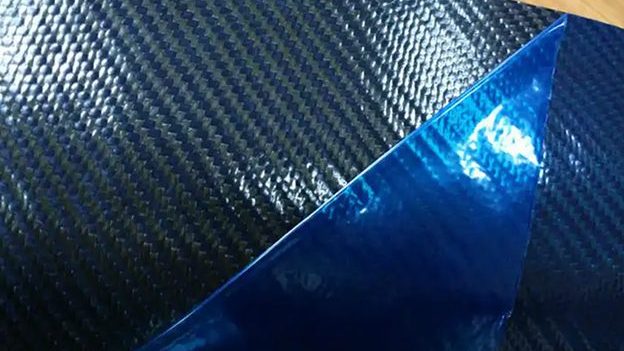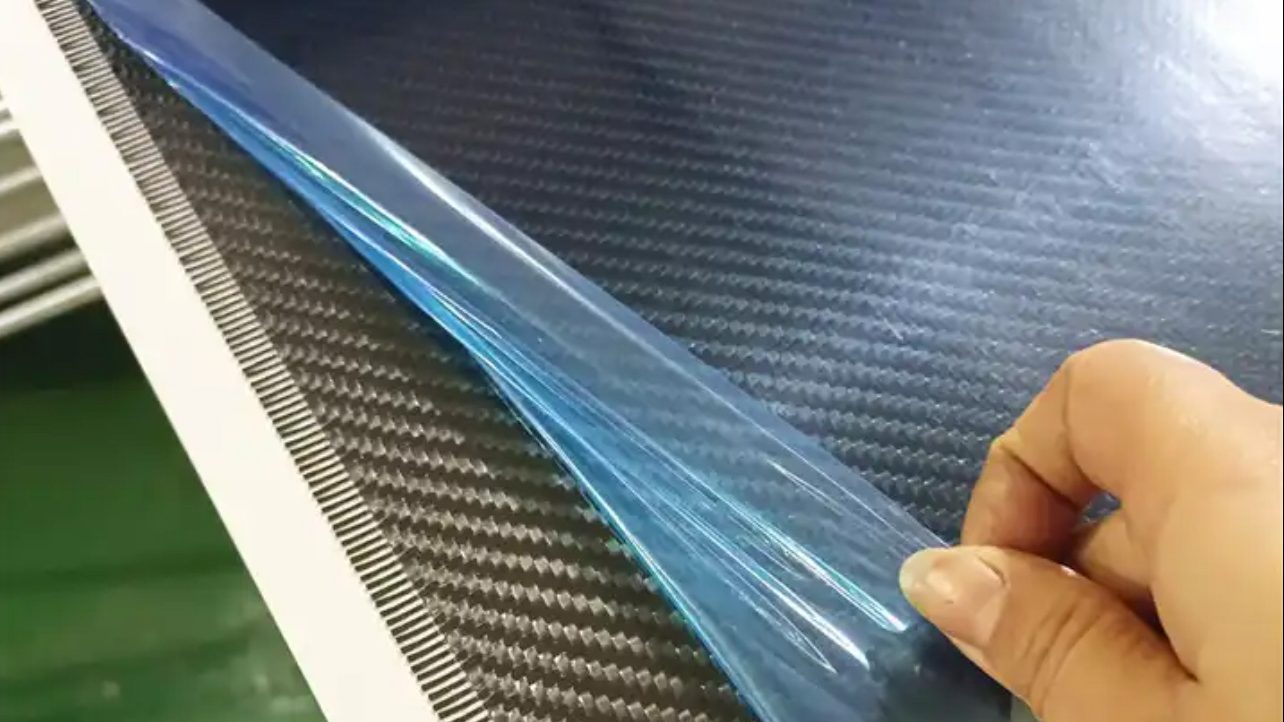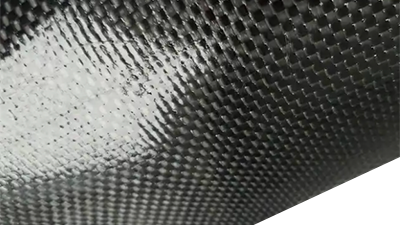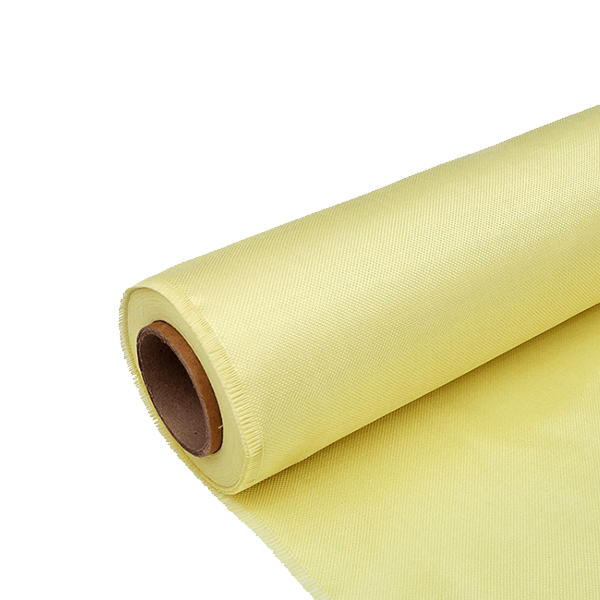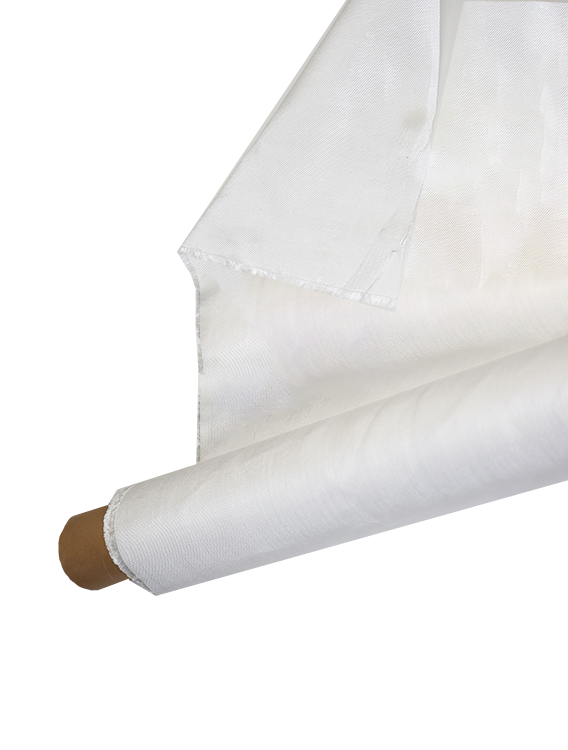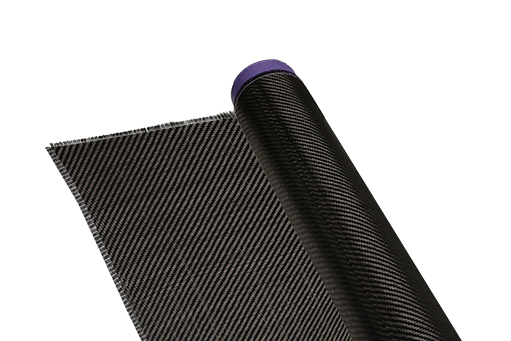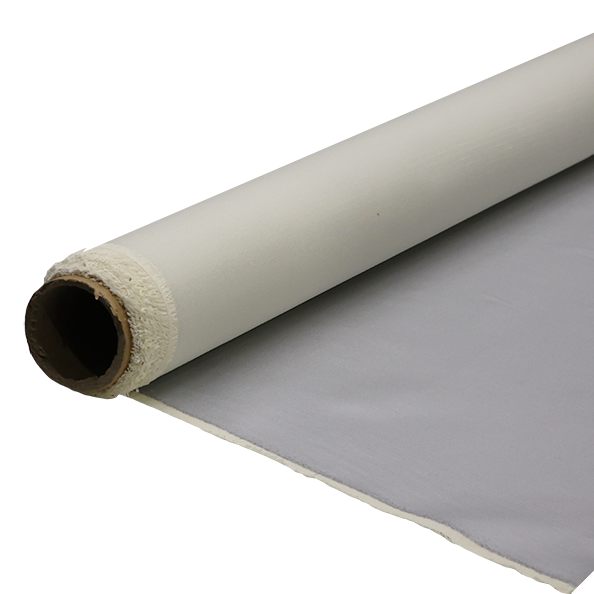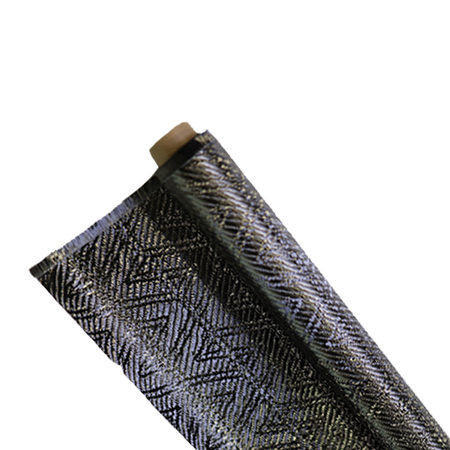What is Prepreg Composite
-
 Your Composites Expert Carbon Fiber Materials&Products
Your Composites Expert Carbon Fiber Materials&Products -
-1.png?width=686&height=617) Your Composites Expert Aramid Fiber Materials&Products
Your Composites Expert Aramid Fiber Materials&Products -
 Your Composites Expert UHMWPE Materials&Products
Your Composites Expert UHMWPE Materials&Products -
 Your Composites Expert Fiberglass Materials&Products
Your Composites Expert Fiberglass Materials&Products -
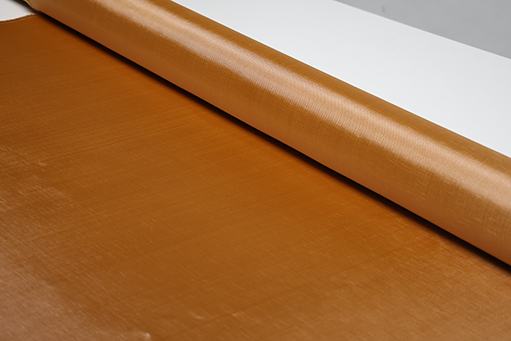 Your Composites ExpertPBO Materials&Products
Your Composites ExpertPBO Materials&Products -
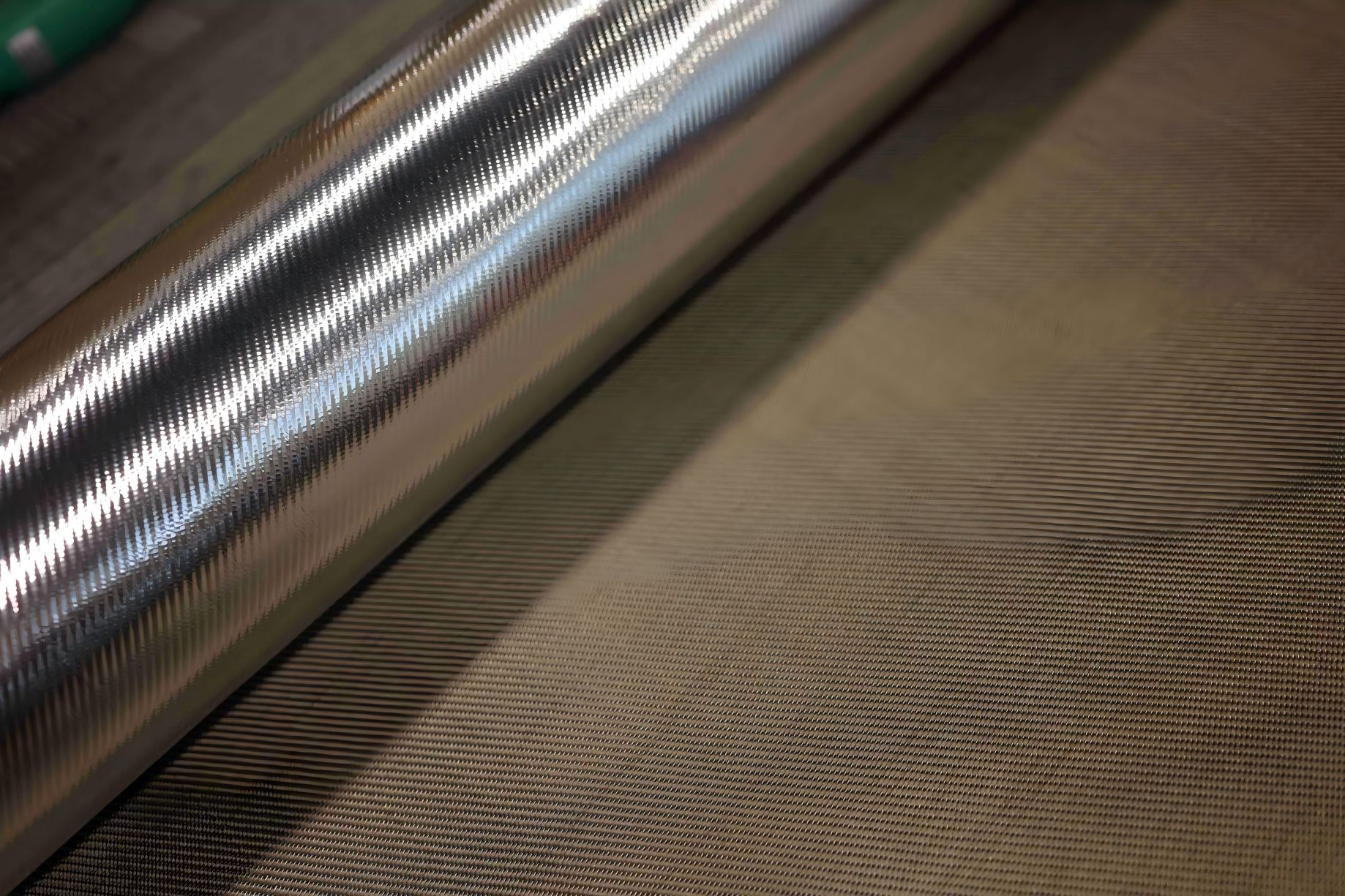 Your Composites Expert Basalt Materials&Products
Your Composites Expert Basalt Materials&Products
Prepreg composite is a revolutionary high-performance material that is transforming industries with its exceptional strength and versatility. It is a composite material made of resin matrix and reinforcement fibers that provide unmatched mechanical properties, making it an ideal choice for various applications.
Prepreg composite offers numerous advantages such as high strength, durability, and thermal stability. Its lightweight nature makes it a favored choice in the aerospace industry, automotive engineering, sports, and recreation. Furthermore, prepreg composite technology is making strides in the construction and renewable energy sectors, providing sustainable and innovative solutions for building materials and energy generation.
Key Takeaways
- Prepreg composite is a high-performance material made of resin matrix and reinforcement fibers
- Prepreg composite offers exceptional strength, versatility, and durability
- It is widely used in aerospace, automotive, sports, and recreation industries
- Prepreg composite technology is also making strides in renewable energy and construction sectors
- Prepreg composite holds great promise for the future of high-performance materials
Understanding Prepreg Composite Fabrication
Prepreg composites are manufactured through a precise process that combines a resin matrix with reinforcement fibers, resulting in a high-performance material that offers exceptional strength and versatility.
The manufacturing process begins with the selection of suitable resin and reinforcement fibers, such as carbon, glass, or aramid fibers. These materials are then impregnated with resin to create prepreg sheets or tapes that can be layered and shaped to form the desired component.
The most common technique used for prepreg composite fabrication is autoclave molding, where layers of prepreg materials are placed in a mold and then cured under high heat and pressure. Another technique involves the use of press molding, which utilizes heated platens to create pressure and temperature to form the material.
The fabrication process can be complex and requires precise control of various parameters such as temperature, pressure, and time to achieve the desired properties, such as mechanical strength, thermal stability, and corrosion resistance.
Overall, prepreg composite fabrication involves a combination of techniques and processes, including resin mixing, reinforcement layering, layup, curing, and finishing, all of which contribute to the exceptional properties and performance of the final product.
The Advantages of Prepreg Composites
Prepreg composites have numerous advantages that make them a popular choice across a range of industries. In addition to being incredibly lightweight, they offer exceptional strength and remarkable thermal stability, making them suitable for diverse applications.
Lightweight
Prepreg composites are renowned for being lightweight, making them an ideal choice for applications that demand weight reduction. Compared to traditional materials such as steel or aluminum, prepreg composites offer superior strength-to-weight ratios, making them ideal for aircraft and automotive applications where weight reduction is vital for fuel efficiency and performance.
High Strength
Prepreg composites are known for their exceptional strength, thanks to their carbon fiber reinforcement. The composite structure offers high stiffness and load-carrying capacity, making them suitable for structural components in aerospace and marine engineering industries. Prepreg composites are also highly resistant to fatigue, making them ideal for high stress and demanding applications.
Thermal Stability
Prepreg composites offer remarkable thermal stability, thanks to their resin matrix. The material can withstand high temperatures and remain dimensionally stable, making it suitable for applications such as aerospace, automotive, and renewable energy. Additionally, they offer excellent insulation properties, making them ideal for electrical and electronic applications that demand a high level of thermal management.
In summary, the advantages of prepreg composites make them a highly desirable material across numerous industries. Their lightweight, high strength, and thermal stability offer immense potential for innovative and sustainable solutions that can transform industries in remarkable ways.
Applications of Prepreg Composites in Aerospace Industry
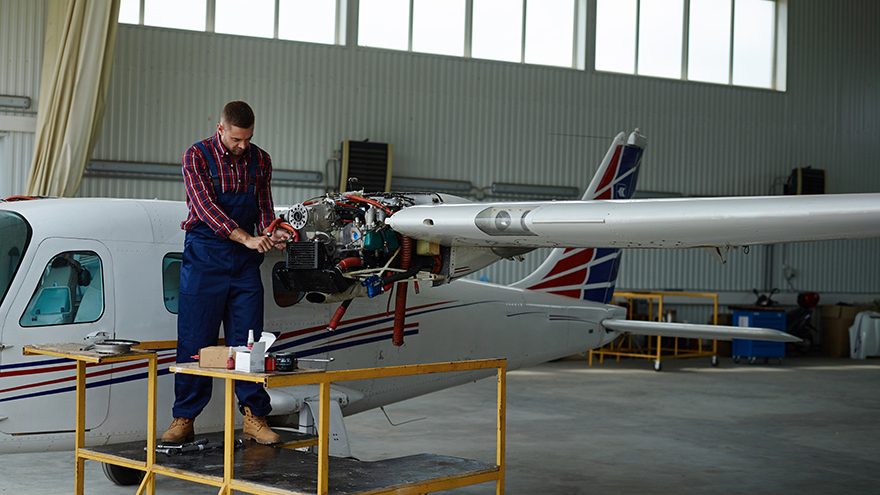
The aerospace industry demands materials that are incredibly strong, lightweight, and durable, which is why prepreg composites have become a popular choice for manufacturing various aircraft components and structural parts. With their exceptional properties, prepreg composites provide cutting-edge solutions that push the boundaries of aerospace technology.
One prominent application of prepreg composites in the aerospace industry is in the manufacturing of aerospace components and structures, where their exceptional strength and lightweight nature enable the construction of efficient and reliable aircraft.
Carbon fiber-reinforced prepreg composites, for instance, are used to build parts like wing skins, floors, and fuselages, offering an unprecedented combination of high strength and low weight. In addition, prepreg composites provide high thermal stability, making them ideal for aircraft applications that encounter extreme temperatures and harsh environments.
| Airplane part | Prepreg Composites used |
|---|---|
| Wing skins | Carbon fiber-reinforced prepreg composites |
| Floors | Carbon fiber-reinforced prepreg composites |
| Fuselages | Carbon fiber-reinforced prepreg composites |
The excellent thermal stability of prepreg composites is critical in the manufacture of composite rocket parts, such as heat shields and insulating tiles, that must endure high temperatures during launch. Moreover, prepreg composites are used in other aerospace components like radomes for antenna enclosures and leading edges for aircraft wings.
As the aerospace industry seeks out innovative new materials to improve performance, reduce weight, and minimize fuel consumption, prepreg composites continue to emerge as a high-performance solution that pushes the limits of aerospace technology.
Prepreg Composites in Automotive Engineering
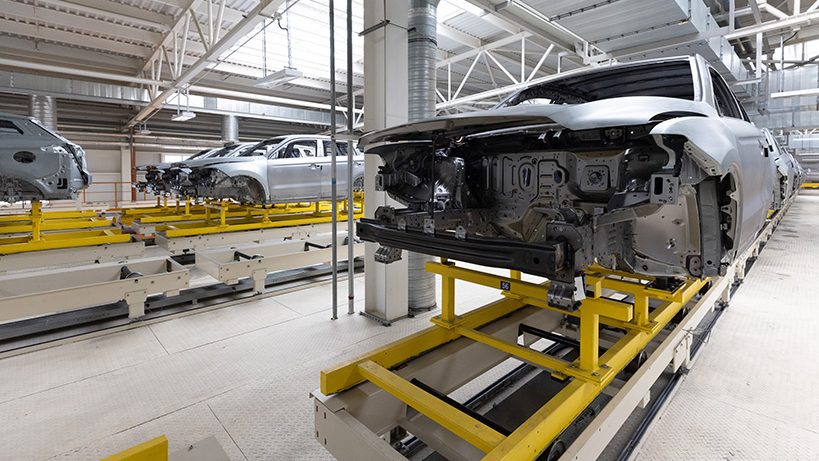
The use of prepreg composites in the automotive engineering sector is blazing a trail in the creation of highly efficient, lightweight vehicles that are sleek, sturdy, and fuel-efficient. These materials have significant advantages over traditional materials like steel and aluminum, making them increasingly popular in manufacturing lightweight vehicles.
Prepreg composite materials reduce the overall weight of a vehicle while maintaining structural integrity, allowing manufacturers to use them in the production of vehicle components such as body panels, frames, and engine parts. Lightweight vehicles result in improved fuel efficiency and reduced emissions, making them environmentally sustainable and fuel-efficient.
For instance, the BMW i3 electric vehicle uses a carbon fiber-reinforced plastic body, reducing its weight by approximately 1200 pounds compared to a similar car made from conventional materials. The use of prepreg composites in the BMW i3 resulted in a significant increase in fuel efficiency, making it a practical and sustainable alternative to conventional vehicles.
| Advantages of Prepreg Composites in Automotive Engineering |
|---|
| Reduced vehicle weight leading to improved fuel efficiency |
| Structural integrity and durability |
| Design flexibility and versatility allowing for more creative and innovative designs |
With more automakers adopting the use of prepreg composite materials, the potential environmental and economic benefits are substantial. These materials have proven to be both functional and stylish, improving fuel economy, reducing emissions, and enhancing overall performance. Prepreg composite technology has the potential to revolutionize the automotive industry, as more manufacturers embrace its advantages.
Prepreg Composites in Renewable Energy
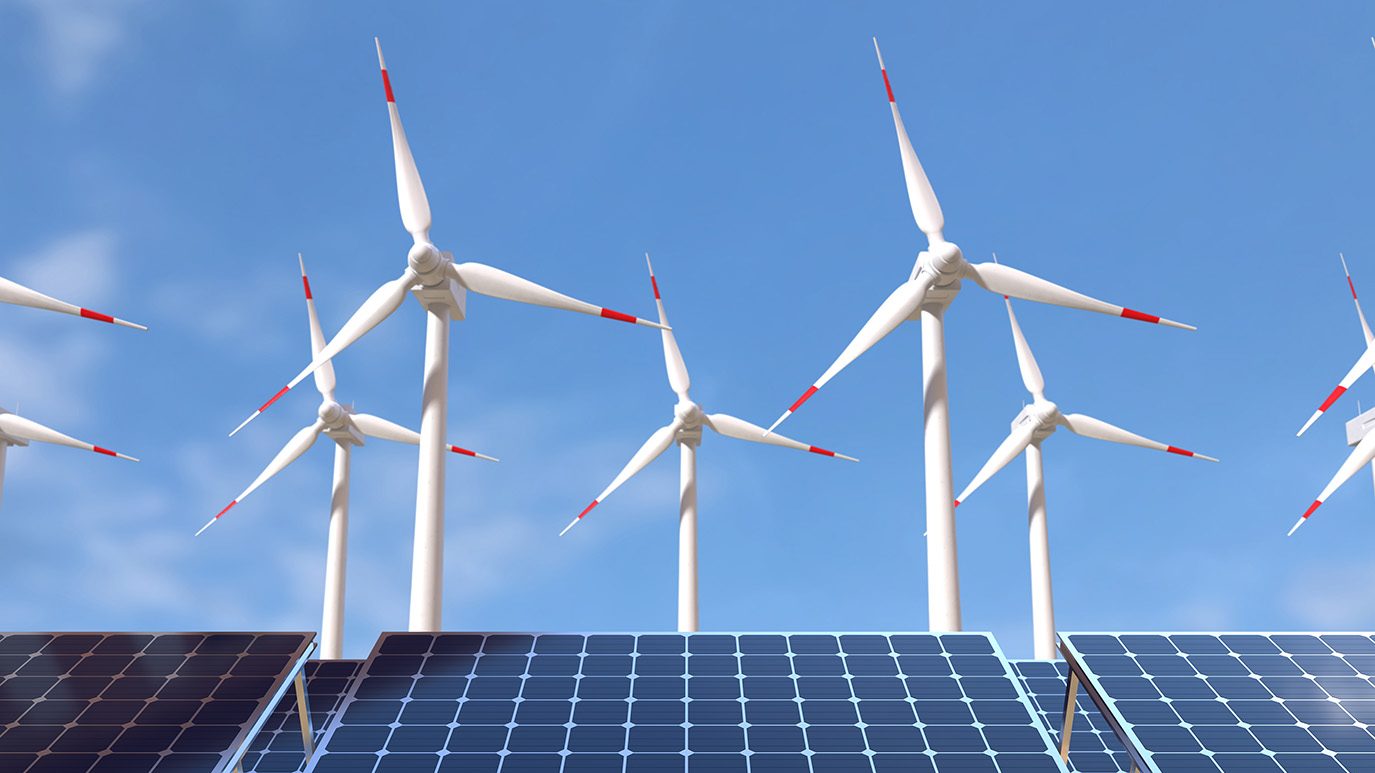
Renewable energy sources are becoming increasingly prevalent as we strive to reduce our carbon footprints and decrease our dependence on non-renewable energy sources. Prepreg composites are playing a significant role in this shift, particularly in the field of wind energy.
Wind turbine blades constructed from prepreg composites are exceptionally lightweight and durable, allowing them to weather extreme conditions and generate power efficiently. The strength and stiffness of these materials also contribute to increased turbine efficiency, reducing maintenance costs and extending the lifespan of the turbine blades.
Prepreg composites are also utilized in the production of solar panels, offering improved thermal stability and resistance to weathering. This translates to a longer lifespan for solar panels and more efficient energy generation over time.
| Renewable Energy Application | Benefits of Prepreg Composites |
|---|---|
| Wind Turbine Blades | Exceptional strength, stiffness, and durability; lightweight construction; improved turbine efficiency; reduced maintenance costs |
| Solar Panels | Enhanced thermal stability and resistance to weathering; longer lifespan; more efficient energy generation |
As we continue to develop renewable energy technologies, the role of prepreg composites will only become more critical. These lightweight, high-strength materials are an essential component in creating efficient and sustainable renewable energy solutions capable of meeting our future energy needs.
Sports and Recreation Industry's Adoption of Prepreg Composites

The sports and recreation industry has recognized the benefits of using prepreg composites in the production of sports equipment. Carbon-fiber-reinforced-polymer (CFRP) composites have become increasingly popular in sports equipment manufacturing due to their extraordinary mechanical properties.
Prepreg composites offer advantages like high strength, durability, and vibration damping that allow for the design and production of sports equipment that delivers high performance. Items like tennis rackets, golf clubs, and bicycles are now being produced using prepreg composites, showcasing the versatility of this material.
The strength-to-weight ratio of prepreg composites makes them a highly sought-after material to enhance an athlete's competitiveness, providing them with an edge over their opponents. The low weight of the composite can increase the maneuverability of the equipment, improving the performance of the athlete.
Sports equipment manufacturers worldwide are investing in the development of new prepreg composite-based products that offer better performance and durability. The use of prepreg composites in the sports industry offers athletes a competitive advantage and has transformed the market.
| Prepreg composite sports equipment | Category |
|---|---|
| Tennis rackets | Tennis |
| Golf clubs | Golf |
| Bicycles | Cycling |
| Helmets | Various sports |
In conclusion, prepreg composites have been embraced by the sports and recreation industry, providing superior quality and performance. As technology advancements continue, it's highly likely that more sports equipment manufacturers will follow suit and invest in the development of new products based on this material.
Prepreg Composites in Marine and Naval Engineering

Prepreg composites' exceptional durability and corrosion-resistant properties make them ideal for many marine and naval engineering applications. The materials used in constructing a vessel must withstand harsh marine environments, including saltwater corrosion and extreme temperatures. Prepreg composites provide excellent resistance to these frequently encountered marine environments.
Prepreg composites have proved invaluable in constructing robust naval vessels, ranging from small boats to large ships, including submarines and aircraft carriers. These vessels require high structural integrity and lightweight materials for optimal performance and fuel efficiency. Prepreg composites provide both of these critical factors while ensuring that durability is not sacrificed in favor of weight reduction.
Benefits of Using Prepreg Composites in Naval Vessels:
- Lightweight construction without compromising vessel's structural integrity
- Exceptional durability and corrosion resistance
- Improved fuel efficiency
- Increased lifespan of vessels due to the corrosion-resistant properties of prepreg composites
- Reduced need for maintenance and repair
Examples of Prepreg Composite Applications in Marine and Naval Engineering:
| Vessel Type | Prepreg Composite Application |
|---|---|
| Aircraft carrier | Deck covering |
| Submarine | Hull construction |
| Sailboats | Mast construction |
| Speedboats | Hull construction |
In conclusion, prepreg composites' exceptional corrosion-resistant properties and high structural integrity make them an ideal material for marine and naval engineering applications. The materials are used to construct robust and durable naval vessels, including submarines and aircraft carriers. The corrosion resistance of the vessels has been increased, reducing the need for maintenance and repair. The future is bright as new developments in prepreg composite technology continue to expand the potential range of applications further.
Prepreg Composites in Construction and Architecture

The use of prepreg composites in construction and architecture has steadily gained popularity in recent years. These high-performance materials offer sustainable solutions for building materials, enabling innovative designs with improved structural integrity.
Benefits of Prepreg Composites in Construction and Architecture
Prepreg composites provide several advantages over traditional building materials. For one, they are incredibly lightweight yet highly durable, making them ideal for use in structures that need to meet high strength standards, such as bridges and skyscrapers. Additionally, they offer superior thermal insulation, reducing heating and cooling expenses in buildings. Prepreg composites also have excellent resistance to moisture and corrosion, giving them a longer lifespan than conventional construction materials.
Prepreg Composites: Implications for Sustainable Building
Sustainability has become a buzzword in the construction industry, and prepreg composites have a significant role to play in creating sustainable buildings. They require far less energy to produce, generate less waste during manufacturing, and are fully recyclable at the end of their lifespan. Additionally, buildings constructed using prepreg composites have a smaller carbon footprint, making them more eco-friendly than traditional building materials.
Applications of Prepreg Composites in Building Design
The use of prepreg composites allows architects to create innovative designs that were previously impossible with traditional materials. Structural elements can be designed with complex shapes, and intricate façade details can be realized. The versatility of prepreg composites enables architects to create sustainable buildings that are not only functional but also visually striking.
Examples of Prepreg Composite Applications in Construction
| Project | Description |
|---|---|
| The Hoover Dam Bypass Bridge | Constructed using prepreg composites, this bridge connects Arizona and Nevada and stands as the tallest concrete-arch bridge in the Western Hemisphere. |
| 30 St Mary Axe (The Gherkin) | This iconic building in London features a striking façade made of prepreg composites. Its unique shape was made possible by the versatility of these materials, and its energy-efficient construction earned it recognition as one of the most sustainable buildings in the UK. |
| Murray Grove Tower | This residential tower in London utilized prefabricated sections made from prepreg composites, reducing construction waste and enabling faster construction times. |
Overall, the use of prepreg composites in construction and architecture provides a sustainable, durable, and visually striking option for building materials. It is an exciting time for architects and engineers, as the versatility of these materials opens up new possibilities for building design and construction.
Challenges and Future Developments in Prepreg Composite Technology
While prepreg composite technology has brought significant advancements to various industries, there are still some challenges to overcome. One of the main challenges is the cost of production, which remains high due to the specialized equipment and materials required. Another challenge is the limited scale of production, which makes it difficult to meet the demand for larger applications.
Research and development efforts are ongoing in the field of prepreg composites, aimed at addressing these challenges and unlocking new possibilities. The focus is on developing more cost-effective and scalable manufacturing processes, as well as exploring new materials that can further improve the performance and versatility of prepreg composites.
Future Developments in Prepreg Composite Technology
The future of prepreg composite technology is promising, with numerous potential applications and advancements on the horizon. One area of focus is the development of sustainability, with an emphasis on eco-friendly materials and production processes.
Advancements in digital design and manufacturing technologies are also expected to significantly impact the field, offering greater precision and customization capabilities. Additionally, there is potential for the integration of prepreg composites into new industries and applications, from consumer goods to medical devices and beyond.
Ongoing Research and Development Efforts in Prepreg Composite Technology
| Area of Research | Description |
|---|---|
| Cost Reduction | Developing more cost-effective manufacturing processes and materials |
| Scale-Up Production | Exploring new production techniques to enable large-scale manufacturing |
| Digital Design and Manufacturing | Advancing software and hardware to improve precision and customization capabilities |
| Sustainability | Developing eco-friendly materials and production processes |
| Integration into New Industries | Exploring new potential applications for prepreg composites in diverse industries |
Overall, the challenges and ongoing research and development efforts in prepreg composite technology hold immense promise for the future, unlocking new possibilities and transforming industries in remarkable ways.
Conclusion
Prepreg composites are a remarkable high-performance material that has the potential to revolutionize industries and transform the way we build things. From aerospace to renewable energy, sports and recreation to marine engineering, prepreg composites offer excellent strength, lightweight properties, and thermal stability, making them an ideal choice for a wide range of applications.
As we continue to research and develop this technology, we can expect to see even more advancements and exciting possibilities in the future. Prepreg composite technology holds immense promise for the future, unlocking new possibilities and transforming industries in remarkable ways. So, let's stay curious and continue exploring the potential of this fantastic material.
FAQ
What is Prepreg Composite?
Prepreg composite is a revolutionary high-performance material that offers exceptional strength and versatility. It is composed of a resin matrix and reinforcement fibers, resulting in a durable and lightweight material that is used in various industries.
How is Prepreg Composite fabricated?
Prepreg composites are fabricated through a manufacturing process that involves combining a resin matrix with reinforcement fibers. This combination is then cured under controlled conditions to create a finished product with superior mechanical properties.
What are the advantages of using Prepreg Composites?
There are several advantages of using prepreg composites. These materials are lightweight, yet offer high strength and thermal stability. They are also highly resistant to corrosion and can be tailored to meet specific application requirements.
How are Prepreg Composite used in the aerospace industry?
Prepreg composites find extensive use in the aerospace industry, particularly in the manufacturing of aircraft components and structural parts. Due to their lightweight nature and durability, they are ideal for enhancing fuel efficiency and overall performance.
How are Prepreg Composites revolutionizing the automotive engineering sector?
Prepreg composites are transforming the automotive engineering sector by enabling the production of lightweight vehicles. These materials contribute to improved fuel efficiency, reduced emissions, and enhanced performance, making them highly desirable for automotive applications.
In what ways are Prepreg Composites used in renewable energy?
Prepreg composites play a significant role in the renewable energy sector, particularly in the manufacturing of wind turbine blades and solar panels. These materials offer excellent strength, durability, and resistance to environmental factors, ensuring efficient and sustainable energy generation.
How are Prepreg Composites utilized in the sports and recreation industry?
The sports and recreation industry has embraced prepreg composites for their exceptional performance characteristics. These materials are widely used in the production of high-performance sports equipment, such as tennis rackets, golf clubs, and bicycles, providing athletes with a competitive edge.
What are the applications of Prepreg Composite in marine and naval engineering?
In marine and naval engineering, prepreg composites find applications in the construction of naval vessels. These materials offer superior corrosion resistance, contributing to the durability and efficiency of marine structures in demanding marine environments.
How are Prepreg Composite making an impact in the construction and architecture sectors?
Prepreg composites are making a significant impact in construction and architecture by offering sustainable solutions for building materials. They improve structural integrity, enable innovative designs, and contribute to the development of sustainable and energy-efficient buildings.
What are the challenges and future developments in Prepreg Composite Technology?
While prepreg composite technology has numerous benefits, it also presents challenges. Ongoing research and development efforts are focused on addressing these challenges and further enhancing the material's properties. The future developments in prepreg composite technology hold immense promise for unlocking new possibilities and applications.


